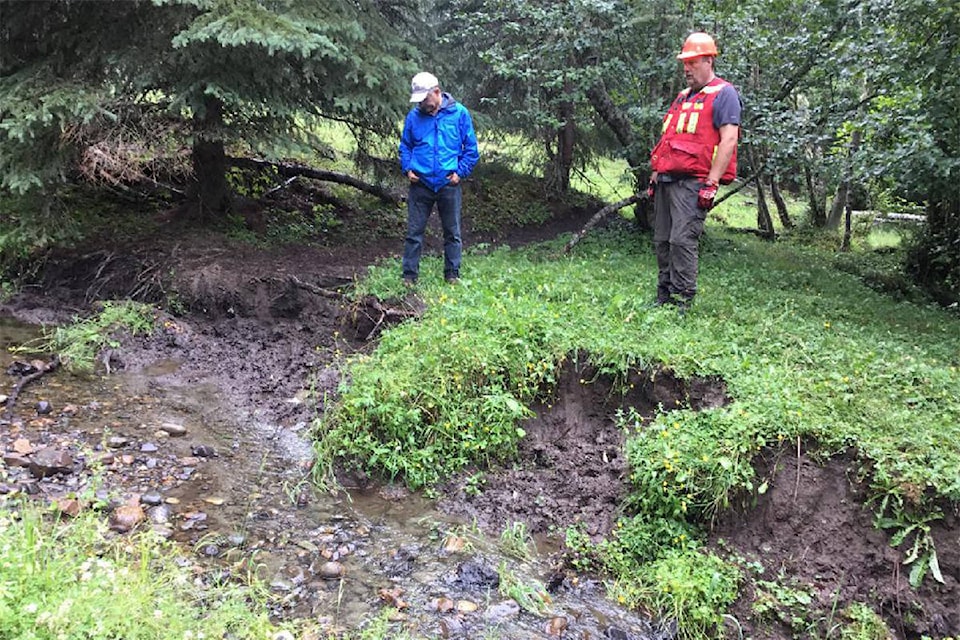A 2018 Forest Practices Board (FPB) investigation of five watersheds, including Woodjam near Horsefly, identified forestry and ranching practices causing sediment to enter fishbearing streams.
The Ministry of Forests, Lands, Natural Resource Operations and Rural Development will have six months to respond to recommendations made in the FPB final report.
One of the main suggestions is to revise legislation to make it more clear to licensees that they need to minimize sediment being introduced into fish streams, said FPB chair Kevin Kriese.
“It’s kind of a legal thing, but the way you read the legislation today it’s not crystal clear that that’s illegal.”
A second recommendation asks government to provide more clear guidance for forest licensees on how to maintain roads and bridges.
There is room for better training for forest professionals, even grader operators who can control how they minimize risk, Kriese said.
Read More: Big old trees almost gone forever in B.C., scientists warn
Particularly in the Woodjam watershed, livestock damage was also determined to be impacting the fish-bearing streams.
“There are about 76 stream crossings in the Woodjam watershed, which is a relatively small watershed,” said Doug Wahl, manager of audits and investigations with the FPB.
“When sediment goes into streams from 76 crossings that can have a significant cumulative impact.”
One of the areas the investigation focused on was range land cleared more than 25 years ago where cattle were trampling into a riparian zone and causing damage.
Read More:Displaced Interior forestry workers access support programs
Soon after the problem was brought to the attention of the range licensee and the range staff within the ministry of forests, they were on site and fenced off that section to protect the riparian area, Wahl said.
“It is important to keep debris and riparian buffers in place on the forest landscape so they don’t become susceptible to livestock damage. These are multiple use watersheds and the activities of one agreement holder like forest licensees can affect the opportunities for another licensee like a rancher.”
Kriese described Woodjam as an important fish watershed.
“It’s part of the Horsefly system and it actually has a couple of legal designations to provide incremental protection for watersheds.”
The existing land use management plan already had enhanced riparian management, and in 2018, a fish sensitive watershed designation was added, Kriese said.
Overall, the Woodjam watershed was pegged to have moderate levels of sediment risk, and was not as high as some of the other watersheds included in the investigation.
“There are some decent practices, but more needs to be done,” Kriese said.
Proposed amendments are already planned for the Forest and Range Practices Act and Kriese said the FPB hopes the board’s recommendations can be added and make the act stronger in sedimentation requirements.
news@wltribune.com
Like us on Facebook and follow us on Twitter
